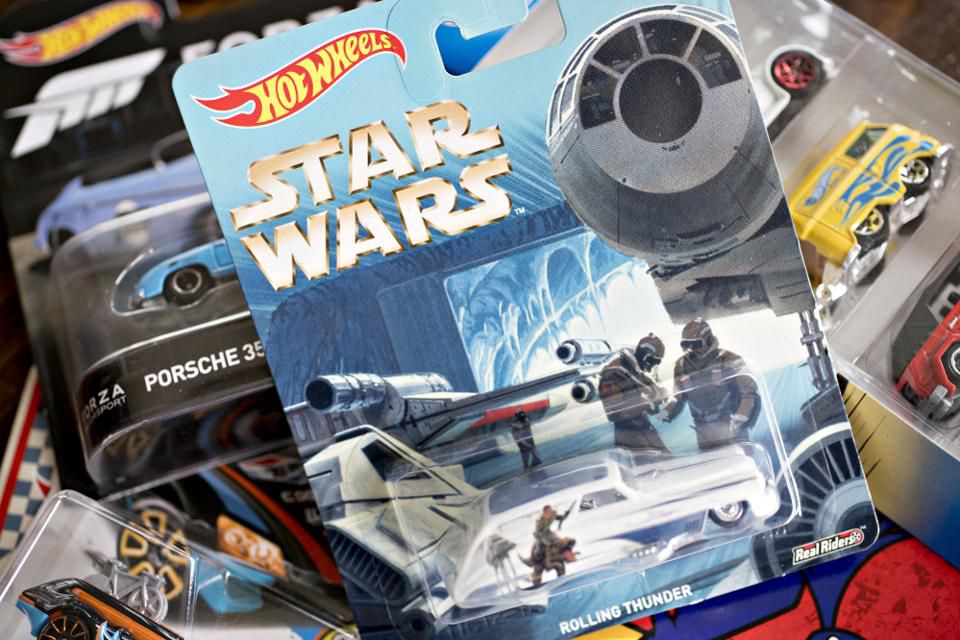
Given your entrepreneur’s spirit, you likely have more business ideas than you have time to pursue. Every new consumer pain, every new piece of technology, every up-and-coming sales trend: They all seem to spark a new, ambitious, seemingly fool-proof business idea.
And while you’d love to pursue all of those ideas at once, face it: You don’t have the time (and your energy, anyways, is more effectively spent on a single business venture).
So, amidst that raging sea of different business ideas, how can you determine which one is worth pursuing… and which ones are bound to fail? Well, there are always exceptions to the rule, of course, but here are five pretty strong indicators that a business idea isn’t all that great.
Contents
1. No demand exists for the product or service.
No matter how cool, edgy, or compelling you think your idea is, if there’s no existing demand for the pain that that business will solve or the pleasure it will create, it likely won’t get far.
Of course, some of you remember when Steve Jobs famously said, “A lot of times, people don’t know what they want until you show it to them” in an interview with BusinessWeek, as a Forbes report reminds us. Jobs was right: Sometimes, you do have to create a product before consumers know they want it. Who among us could have desired the iPhone, for instance, before it was actually created?
A case study about an existing need — In an interview, Alexander Mamasidikov, the CMO of Isina, added to what Jobs said, talking about the existing need that even a brand new, previously unimagined product must solve. Isina is an online platform where young musicians get mentored by Grammy Award winners and has clearly worked because it salves an already existing pain.
As Mamasidikov pointed out, “Before we launched, no one had really done what we’re trying to do with musicians and mentorships, but from interviewing young musicians, we quickly found out that our business idea was a winner: Young musicians want to get their big break, and we help them with that by creating a worldwide music talent search that opens opportunities for artists in all corners of the world. That is the desire we fulfill.”
Added the CEO: “Even if it’s in a way that our market couldn’t have imagined before we showed it to them, the jumping-off point was pain and desire in our market. Without that, we wouldn’t have a business.”
2. People aren’t willing to pay what you need to charge
Good business is simple math: More money should come in than goes out, and if that isn’t happening, that negative flow should last only a short period of time to benefit the long-term wealth of the company. Of course, simple math doesn’t mean easy business. Lots of entrepreneurs are struggling to fund their small businesses, with 21 percent borrowing from their credit cards and 11 percent planning to do so in the next year, according to the 2015 Hiscox DNA of an Entrepreneur report.
Your business might not always be making you tons of money; fluctuations in revenue and expenses are to be expected. But if the math doesn’t make any sense at all — if ongoing overhead costs are more expensive than what your market can afford to pay — things probably won’t pan out. So, either find a less expensive product or a target-market that can afford your high-ticket price.
3.Potential investors won’t pay attention.
Every business needs cash. Without funds to operate, a business is like a car without gas; it might still exist, but it ain’t going anywhere. Sadly, 29 percent of small businesses fail because they run out of money, according to research conducted by CBInsights. For that reason, explaining your business idea to potential investors before launching can be a great way to determine how good your idea really is. After all, if your business doesn’t convince investors to provide necessary funds, it probably doesn’t have a fighting chance.
Celine Lu, the founder of BitDeer — a computer power-sharing platform which allows its users to mine for cryptocurrency by collaborating with the world’s leading mining pools, such as BTC.com and Antpool — explained this issue this way: “When we were testing out the idea of BitDeer as a business,” she said in an interview, “one of the first things we did was write up a detailed business plan and bring it to investors to see how they responded.”
Added Lu: We knew if we couldn’t get investors to buy into it, either our business idea wasn’t very good or, if it was, we hadn’t articulated it well enough yet and it would be time to go back to the drawing board.”
4. Your product’s or service’s demand depends on a current fad.
Remember fidget spinners? Those little un-patented spinning toys which Gen Z went crazy over for? The toys had a search lifespan that looked like this in Google Trends.

Between April 30 and May 7 of 2017, interest in fidget spinners peaked. Then, just as quickly, it declined into oblivion. Toys ‘R’ Us, hedging its bets that the toy was more than just a fad, didn’t even stock fidget spinners until the first or second week of May. Richard Barry, the company’s executive VP, told the Chicago Tribune: “We think the overall fidget trend can be very sustainable… the life cycle for any one product could be long or short, and only time can tell, but other products will come in, and we think it will last at least the year.”
Oops. Clearly, Toys ‘R’ Us was wrong; the fidget spinner fad lasted just a little more than a month.
Fortunately for the toy chain, one such blunder wasn’t going to destroy its business. But if a startup had launched (and many did) with fidget spinners as its main product, it wouldn’t have survived very long. The point is, if something is a fad, don’t go building a long-term business around it. Rather, build a business around sustainable trends that can support your business well into the future.
5. Other businesses have tried … and failed.
In almost every city around the United States, there’s a storefront where every business that opens in that building seems to go bankrupt or fail for some other reason. Many locals think these buildings are cursed, and subsequent businesses are often hesitant to test their luck at those locations for fear of upsetting business-hating ghosts.
Jokes aside, there’s a reason that smart business owners are hesitant to build their empire where so many others have failed. The reason probably isn’t ghosts, but instead bad location or market expectations for businesses which open in that building (i.e. cheap, trashy, poor, etc…). This is true when it comes to online businesses and SaaS companies, as well.
If you want to create a product that another company has already tried and failed to create, ask yourself, why will you be the one to succeed? What makes you different? What have other companies done wrong in the past and how are you going to not make those same mistakes?
Other businesses trying and failing to create a previously launched product or service doesn’t definitively mean that that product or service will fail again, but it is a warning — to be careful, to study your market and to find a unique selling proposition which other failed product launches have not had.
Whether consumers can imagine wanting the product or not, the business should salve an already-existing pain or fulfill an already-existing desire. People may not have been able to imagine an automobile before it was shown to them, but they sure as heck wanted to get places faster than by horse and carriage. That’s a lesson worth thinking about.
[“source=entrepreneur”]




















































